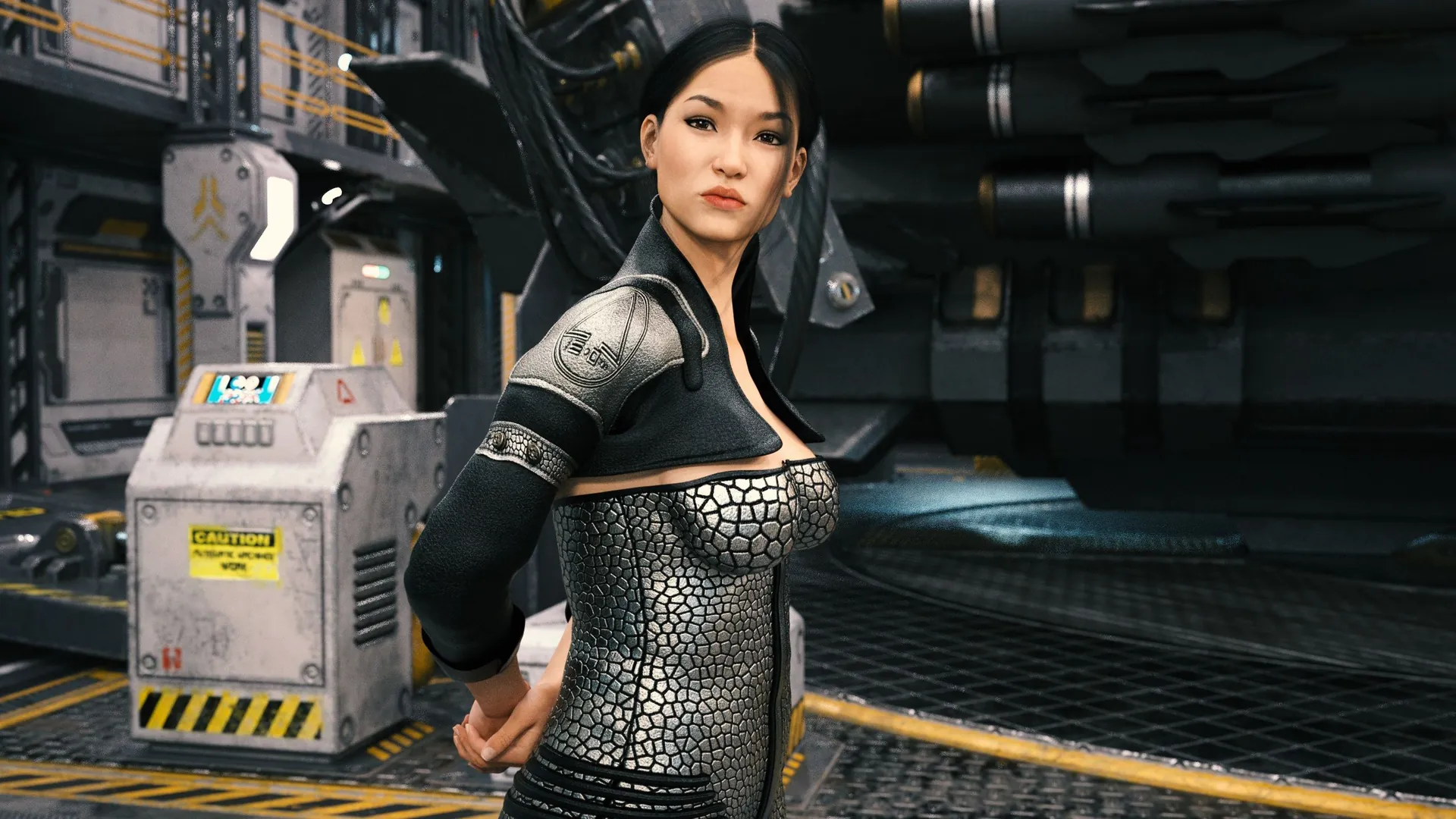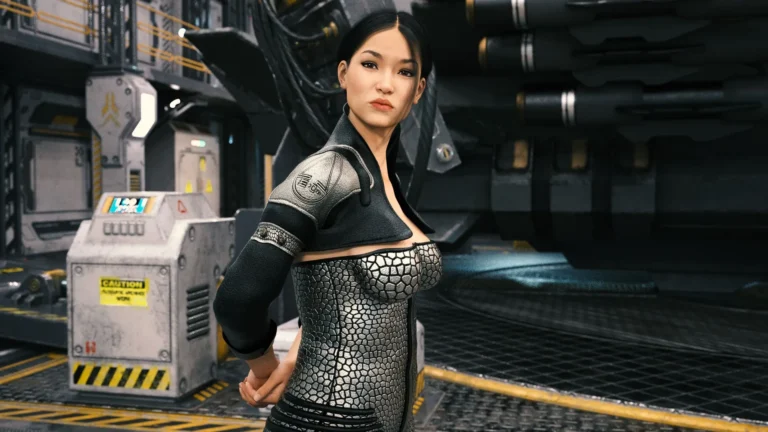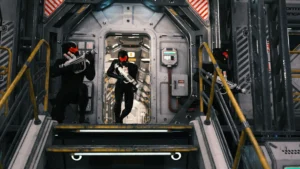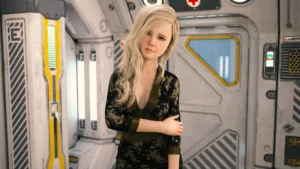
Tales from the Unending Void
Play Tales from the Unending Void
Tales from the Unending Void review
A Deep Dive into the Game’s Narrative and Mechanics
In the vast expanse of interactive storytelling, ‘Tales from the Unending Void’ stands out as a captivating experience that combines intricate narratives with engaging gameplay. This game has garnered attention for its unique approach to storytelling and character development. However, some players have expressed concerns about the pacing and content updates. Let’s delve into what makes this game so compelling and explore its current state.
Understanding the Game’s Narrative
Let me tell you about the first time I realized I was truly hooked on Tales from the Unending Void. I was an hour into my playthrough, faced with a simple choice: divert power to save a stranded civilian ship or use it to pursue a pirate vessel that had been harassing my crew. I chose to save the civilians. The immediate consequence was a heartfelt thank you from the survivors, but two hours later, that same pirate faction ambushed my ship, killing a crew member I had personally recruited. My heart sank. That’s the magic of this game’s narrative; your decisions carry real, emotional weight that echoes throughout the stars. 🚀
The Tales from the Unending Void story isn’t something you just watch; it’s something you live and breathe, and it’s the core of the entire Tales from the Unending Void gameplay experience.
What Drives the Story?
At its heart, the Tales from the Unending Void narrative structure is driven by a powerful, central mystery: the true nature of the titular Void, a silent, creeping nothingness that is consuming star systems. But this grand, cosmic threat is merely the backdrop. What truly propels you forward are the personal stories that unfold on your ship. You aren’t just a commander; you’re a leader, a confidant, and sometimes, a mediator.
The game masterfully uses branching narratives to make you the author of your own destiny. Every dialogue choice, every mission priority, and every alliance you forge isn’t just a checkbox—it’s a plot point. The game remembers everything.
Pro Tip: Don’t rush through dialogue. The most seemingly insignificant comment from a crew member can unlock a hidden mission or alter a relationship path hours later.
For example, early on, you might be tasked with dealing with a rogue AI. You have several options:
* Option A: Destroy it, gaining favor with the anti-synthetic Purist faction.
* Option B: Reprogram it for your own use, angering the Purists but gaining a powerful ship asset.
* Option C: Grant it autonomy, which might lead to it becoming a recurring, unpredictable character who could help or hinder you later.
I chose Option C in one playthrough, and that AI, which I named “Glyph,” saved my ship during a critical battle in the final act. In another, it betrayed me to a rival faction. This level of consequence is what makes the Tales from the Unending Void gameplay so incredibly compelling. You’re not just playing a story; you’re arguing with it, shaping it, and sometimes being devastated by it. 😮💨
Character Development and Relationships
If the mystery of the Void is the skeleton of the story, then the Tales from the Unending Void characters are its beating heart. This isn’t a crew of generic space adventurers; they are flawed, complex individuals with their own pasts, prejudices, and personal quests.
Your ship is a floating melting pot of personalities. You might have a cynical ex-mercenary who hates corporations, a devout scientist who believes the Void is a divine entity, and a naive engineer who just wants to see the galaxy. They will argue. They will form friendships. They might even fall in love. And you are at the center of it all.
Your relationships with them are built through:
* Loyalty Missions: These are personal quests triggered by deepening your bond with a character. Helping them face a ghost from their past is the fastest way to earn their unwavering loyalty.
* Crew Interactions: Simply walking around your ship and talking to people between missions reveals layers of their personality and how the story is affecting them.
* Moment-to-Moment Choices: Who you side with in an argument, who you take on missions, and how you handle situations they care about directly impacts their morale and trust in you.
I’ll never forget the time I had to mediate a heated argument between Kaelen, my spiritual science officer, and Vexia, my pragmatic pilot, about the ethics of scavenging a derelict “holy” ship. My decision didn’t just affect their approval ratings; it changed their interactions with each other for the rest of the game, adding a layer of tension or camaraderie to every mission briefing. This depth is why the Tales from the Unending Void characters feel less like digital constructs and more like comrades. 👥
Player Engagement and Replay Value
This brings us to one of the game’s greatest strengths: its phenomenal Tales from the Unending Void replay value. When a game tells you “your choices matter,” it’s often a mild exaggeration. Here, it’s a promise. My first playthrough was as a Paragon-style, idealistic captain who believed in diplomacy and saving everyone. It was heroic… and tragically naive. I didn’t see half of what the game had to offer.
The Tales from the Unending Void narrative structure is built for multiple journeys. On my second run, I played as a ruthless, ends-justify-the-means commander. The story became almost unrecognizable in the best way possible.
| Playthrough Style | Key Story Differences | New Content Unlocked |
|---|---|---|
| Paragon / Diplomatic | Alliances with peaceful factions, more crew survive through negotiation. | Access to diplomatic missions, unique “peaceful” resolution paths. |
| Renegade / Ruthless | Intimidation-based solutions, crew members may leave or die, favor with militaristic factions. | Brutal mission alternatives, access to powerful but morally questionable tech. |
| Neutral / Opportunist | Shifting allegiances, constant balancing act between factions. | Unique “double-agent” story arcs, ability to play factions against each other. |
✨
This table barely scratches the surface. The Tales from the Unending Void replay value is further amplified by:
- Class-specific story hooks: Your chosen background (Diplomat, Soldier, Engineer, etc.) opens unique dialogue options and entire quests that other classes never see.
- Romance options: Pursuing a relationship with a different character completely changes the emotional core of your journey.
- The “Point of No Return”: There are several major, mutually exclusive decisions in the mid-game that split the narrative into entirely different directions for the final act.
You haven’t really experienced the full Tales from the Unending Void story until you’ve seen it from at least two opposing viewpoints. It’s designed to be replayed, to be questioned, and to make you wonder “what if?” long after the credits roll. The Tales from the Unending Void gameplay loop of explore, decide, and live with the consequences ensures that no two tales from the void are ever the same. 🌌
In conclusion, ‘Tales from the Unending Void’ offers a unique blend of storytelling and gameplay that has captivated players. While it faces challenges in pacing and content updates, the game remains a compelling experience for those interested in interactive narratives. For those considering diving into this game, understanding its narrative depth and gameplay mechanics can enhance their experience.




























